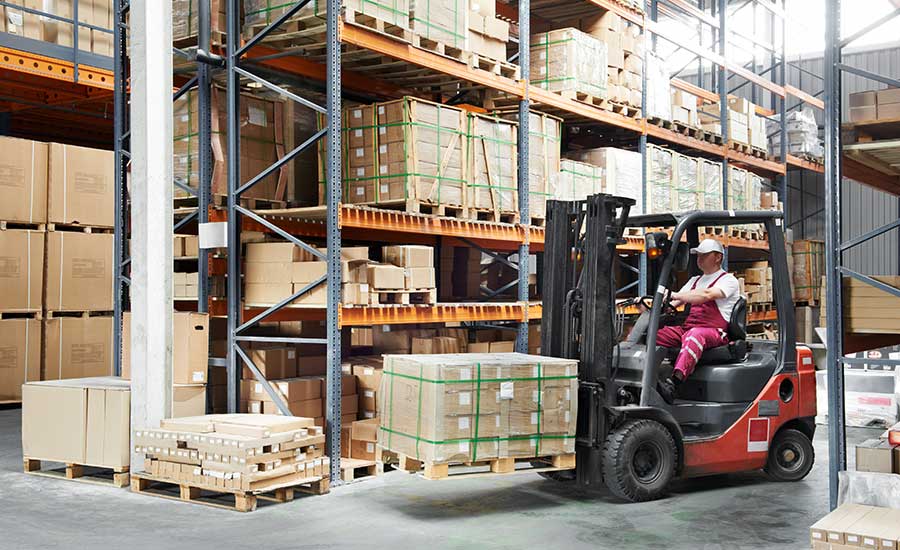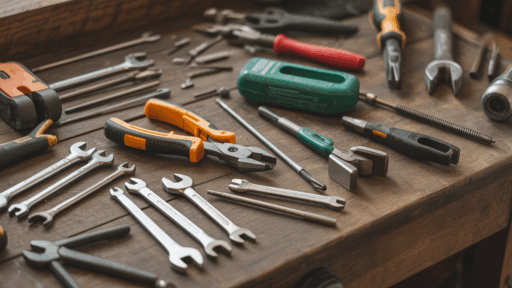In today’s fast-paced supply chain environment, warehouse operations are the backbone of efficiency. Every delay, breakdown, or misstep can cascade into larger problems—missed delivery windows, customer dissatisfaction, and lost revenue. That’s why investing in quality materials isn’t a luxury—it’s a strategic necessity.
From heavy-duty shelving to the nuts and bolts that hold your equipment together, the materials you choose play a direct role in how smoothly and safely your warehouse functions. Here’s a closer look at how high-quality materials streamline operations, minimize downtime, and ultimately save money.
The Hidden Cost of Inferior Materials
It’s tempting to cut corners to save on upfront costs. But in a warehouse setting, low-grade materials often lead to frequent breakdowns, safety hazards, and productivity loss. Worn-out pallets, flimsy racking systems, or unreliable casters can create bottlenecks or even dangerous situations.
For example, a warehouse using subpar plastic bins may need to replace them more frequently due to cracking or bending under pressure. This not only eats into the budget but also disrupts workflow. The time spent replacing broken equipment could be better spent fulfilling orders.
The bottom line? Cheap materials often result in expensive problems.
Workflow Starts with Infrastructure
A warehouse is only as strong as its infrastructure. Investing in heavy-duty, industrial-grade shelving and racking systems ensures that goods are stored securely and accessibly. High-quality shelving systems don’t warp under load or deteriorate quickly under harsh conditions.
Good infrastructure also includes smooth flooring and precise layout planning. Durable epoxy-coated floors, for example, withstand forklift traffic and spills better than untreated concrete. Clear markings and traffic flow designs contribute to faster movement and reduce accidents.
When your facility is built right from the ground up, everything that happens inside it becomes faster, safer, and more reliable.
Equipment that Supports Efficiency

Day-to-day operations in a warehouse rely on more than just storage. The right tools and equipment are critical to maximizing productivity. High-quality pallet jacks, hand trucks, and conveyor belts don’t just last longer—they work better. They’re easier to maneuver, less likely to jam or fail, and safer to operate.
One often-overlooked upgrade that can dramatically boost material handling efficiency is the use of fork extensions. These simple attachments increase the reach of standard forklifts, allowing operators to move large or awkward loads without needing to reposition pallets. Not only does this save time, but it also reduces the risk of damage to goods and injury to workers.
Fork extensions are a great example of how small improvements, when built from quality materials, can result in big workflow gains.
Durability Reduces Downtime
Downtime is the enemy of efficiency. Every minute that a piece of equipment is out of service represents lost productivity and potential revenue. High-quality materials are designed to withstand repeated use in demanding conditions, meaning fewer breakdowns and longer intervals between repairs.
Think of it like this: a top-tier industrial roller gate might cost more initially, but it’s less likely to seize up or need constant lubrication compared to a cheaper alternative. Over the span of a year, the savings in maintenance hours and production delays can far exceed the initial investment.
Durability also means better resistance to corrosion, temperature shifts, and impact—factors that are common in warehouse environments but devastating to fragile materials.
Safety is Built Into Quality
Accidents are expensive. They lead to worker injuries, insurance claims, damaged inventory, and potential regulatory fines. Many of these incidents can be traced back to inferior materials—buckling shelves, faulty ladders, or unstable platforms.
Quality materials are engineered with safety in mind. Look for products that meet or exceed OSHA standards and are tested for weight, balance, and stress. Safety isn’t just a compliance issue; it’s a performance one. A safer warehouse is a more productive warehouse.
As Occupational Health & Safety Magazine points out, workplace safety is improved significantly when equipment and infrastructure are built to handle the expected loads and conditions.
Long-Term Savings Through Smart Investment
It’s easy to focus on immediate expenses and overlook the total cost of ownership. But choosing quality materials up front is one of the smartest ways to cut long-term costs. While the initial investment might be higher, the reduced need for repairs, replacements, and downtime quickly offsets that cost.
Let’s say you’re evaluating between two types of industrial shelving. One is 30% cheaper but comes with a 1-year warranty and signs of wear after six months. The other costs more but carries a 5-year warranty and uses corrosion-resistant steel. Over five years, the cheaper option may need to be replaced multiple times, turning that initial “savings” into a costly mistake.
Smart businesses think in terms of value, not just price.
Conclusion: Built to Perform, Built to Last
In warehouse operations, every second counts. Quality materials form the foundation of an efficient, safe, and cost-effective operation. They reduce maintenance needs, minimize safety risks, and keep workflows smooth and consistent.
By choosing better materials—from shelving to fork extensions to flooring—you’re not just upgrading equipment; you’re upgrading performance across the board.
In short, build your warehouse like you mean it. When you build for better workflow, you build for long-term success.








